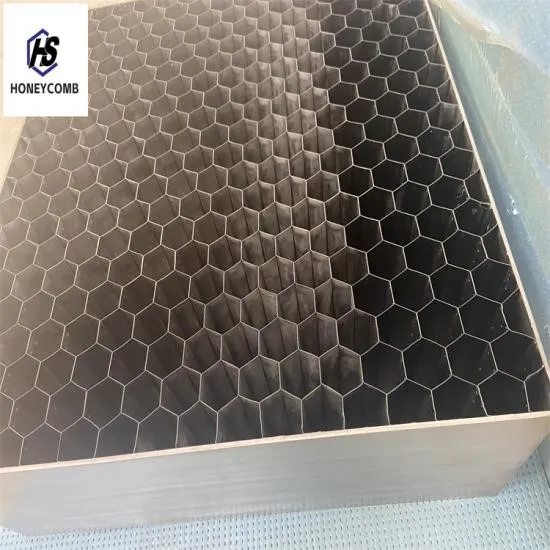
- Afrikaans
- Albanian
- Amharic
- Arabic
- Armenian
- Azerbaijani
- Basque
- Belarusian
- Bengali
- Bosnian
- Bulgarian
- Catalan
- Cebuano
- China
- China (Taiwan)
- Corsican
- Croatian
- Czech
- Danish
- Dutch
- English
- Esperanto
- Estonian
- Finnish
- French
- Frisian
- Galician
- Georgian
- German
- Greek
- Gujarati
- Haitian Creole
- hausa
- hawaiian
- Hebrew
- Hindi
- Miao
- Indonesian
- Italian
- Japanese
- Javanese
- Malay
- Persian
- Portuguese
- Punjabi
- Russian
- Spanish
- Swahili
- Telugu
- Vietnamese

honingraatcomponenten
Honingraatcomponenten Embracing Nature’s Structural Efficiency
The term honingraatcomponenten, translating to honeycomb components in English, refers to a range of structural elements inspired by the natural formation of honeycomb structures found in beehives. These components exemplify an innovative approach to engineering and design, merging aesthetics with functionality. The honeycomb structure, composed of hexagonal cells, is lauded for its remarkable strength-to-weight ratio, making it a favored choice in various industries, from aerospace to architecture.
The Natural Inspiration Behind Honeycomb Structures
The design of honeycomb structures is not arbitrary; it is a result of millions of years of natural evolution. Honeybees create hexagonal cells because this shape allows for maximum storage space while using the least amount of material. This ingenious design is not merely a byproduct of nature; it is the culmination of an evolutionary process honed for efficiency. These insights are now being harnessed in modern engineering to produce materials and components that can withstand immense forces while remaining lightweight.
Applications of Honeycomb Components
1. Aerospace Engineering One of the most significant applications of honeycomb components is in the aerospace industry. Aircraft and spacecraft utilize honeycomb panels for their wings, bodies, and interiors. These panels provide critical weight savings that enhance fuel efficiency while maintaining structural integrity. The aerospace sector benefits immensely because every ounce saved in weight translates to significant cost savings and improved performance.
2. Automotive Industry In the automotive sector, honeycomb materials are increasingly used to create lightweight yet strong components, such as doors, hoods, and internal structures. This contributes to better fuel efficiency and lower emissions, aligning with the global push towards sustainable transportation solutions.
3. Architectural Design The architectural world also embraces honeycomb components, reflecting a blend of functionality and beauty. Designers use these structures to create visually stunning facades and interiors that also provide thermal and acoustic insulation. The honeycomb approach allows architects to explore innovative shapes while adhering to the principles of sustainability and energy efficiency.
honingraatcomponenten

4. Consumer Products Beyond industrial applications, honeycomb components have found their way into consumer products, offering lightweight and durable options for everything from furniture to electronics packaging. This versatility demonstrates the broad appeal of honeycomb-inspired designs in enhancing everyday life.
Advantages of Honeycomb Design
The primary advantage of honeycomb components lies in their unique geometric properties. The hexagonal arrangement maximizes surface area while minimizing material usage, allowing for a lightweight product without sacrificing strength. This aspect is particularly crucial in industries where weight reduction is paramount.
Moreover, honeycomb structures exhibit excellent energy absorption properties, making them ideal for applications where impact resistance is required. In the automotive sector, for instance, honeycomb cores are used in crash structures, absorbing energy during collisions and enhancing passenger safety.
Environmental Considerations
As the world increasingly focuses on sustainability, honeycomb components offer a promising solution to environmental challenges. Their efficient use of materials leads to reduced waste, and many honeycomb structures can be created from recycled materials. This aspect positions honeycombs as a forward-thinking choice in an era that values green engineering and sustainable practices.
Conclusion
Honingraatcomponenten, or honeycomb components, are a testament to the intersection of nature and innovation. By mimicking the effective design principles found in honeycombs, engineers and designers have created a range of applications that benefit from strength, lightweight characteristics, and aesthetic appeal. As industries continue to evolve, the adoption of honeycomb structures promises to play a crucial role in developing sustainable, efficient, and high-performance solutions across various fields. Embracing these natural inspirations allows humanity to move toward a future that honors efficiency, sustainability, and the beauty found in nature's designs.
Products categories
-
Why Vented Aluminum Honeycomb Is Leading the Way in Shielding and Ventilation SolutionsNewsJul.18,2025
-
Why Stainless Steel Honeycomb Panel is the Ultimate Choice for High-Tech Shielding and ProtectionNewsJul.18,2025
-
Why Honeycomb Strips Are Revolutionizing High-Speed Sealing SolutionsNewsJul.18,2025
-
Shielded Glass Innovation Powers the Future of Electromagnetic ProtectionNewsJul.18,2025
-
Precision Starts Here: Revolutionizing Airflow Control with Honeycomb Wind Tunnel SolutionsNewsJul.18,2025
-
Elevate Industrial Performance with Precision-Engineered Steel Honeycomb Core SolutionsNewsJul.18,2025
-
Vented Aluminum Honeycomb: A Smart Shield for Airflow and EMI ControlNewsJul.11,2025















